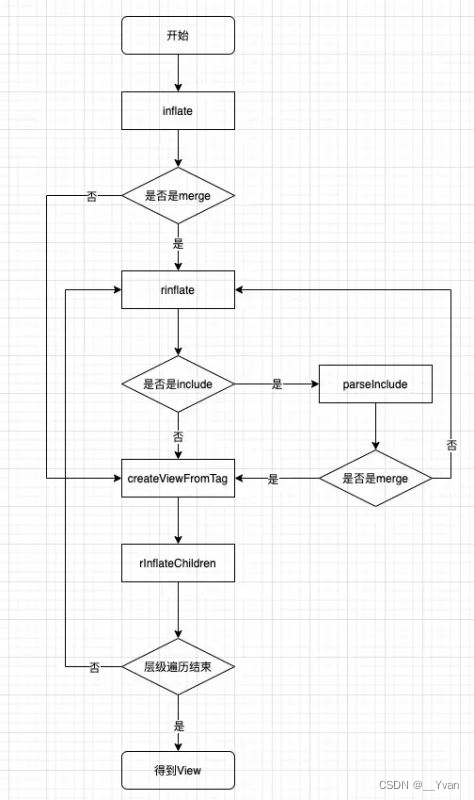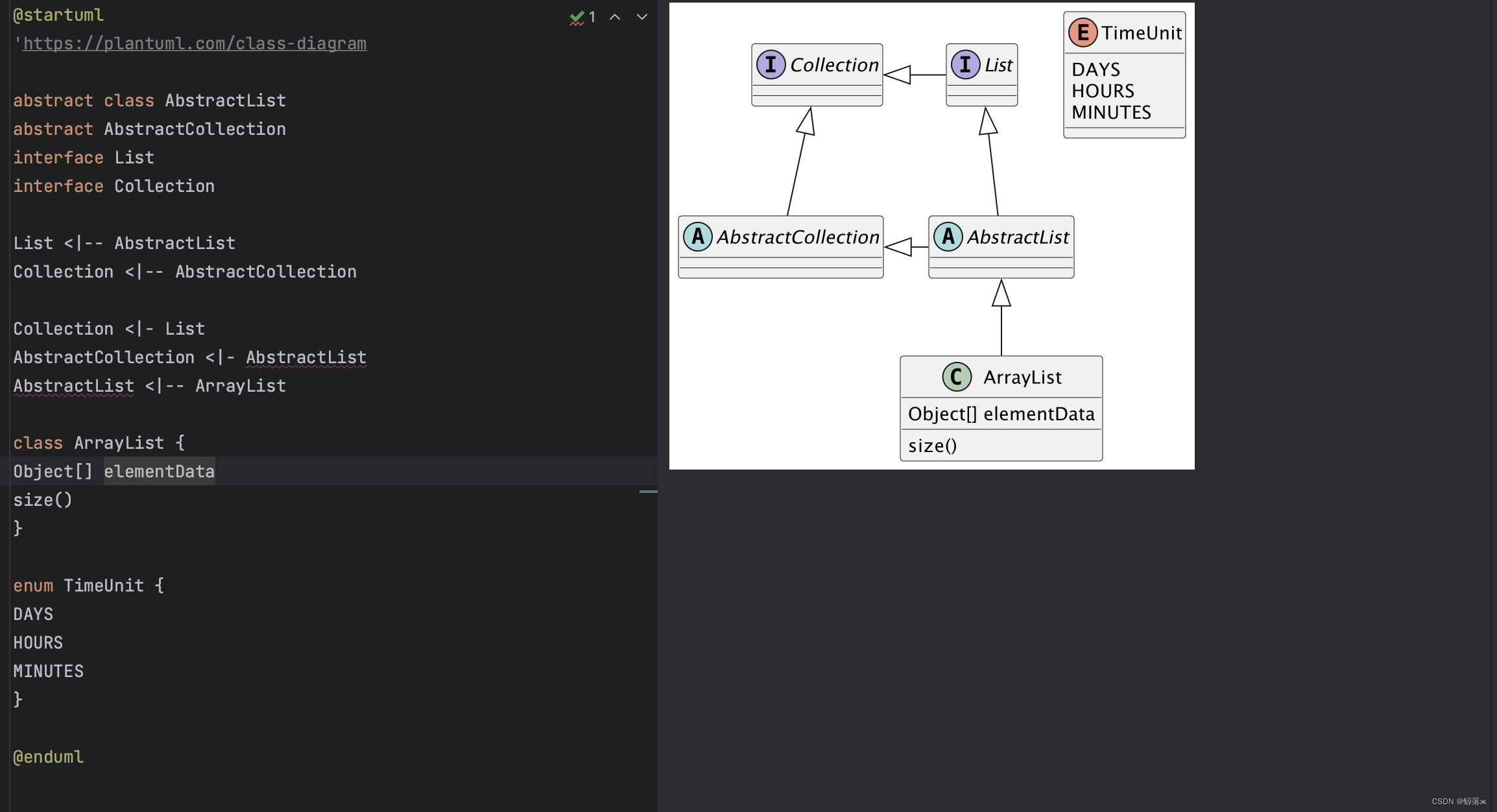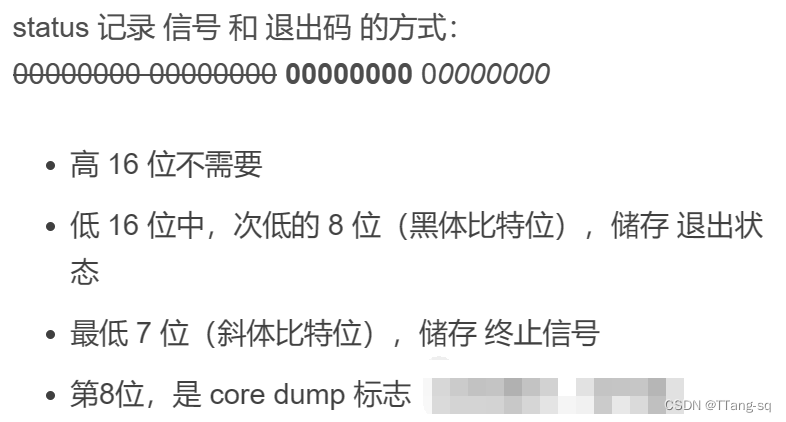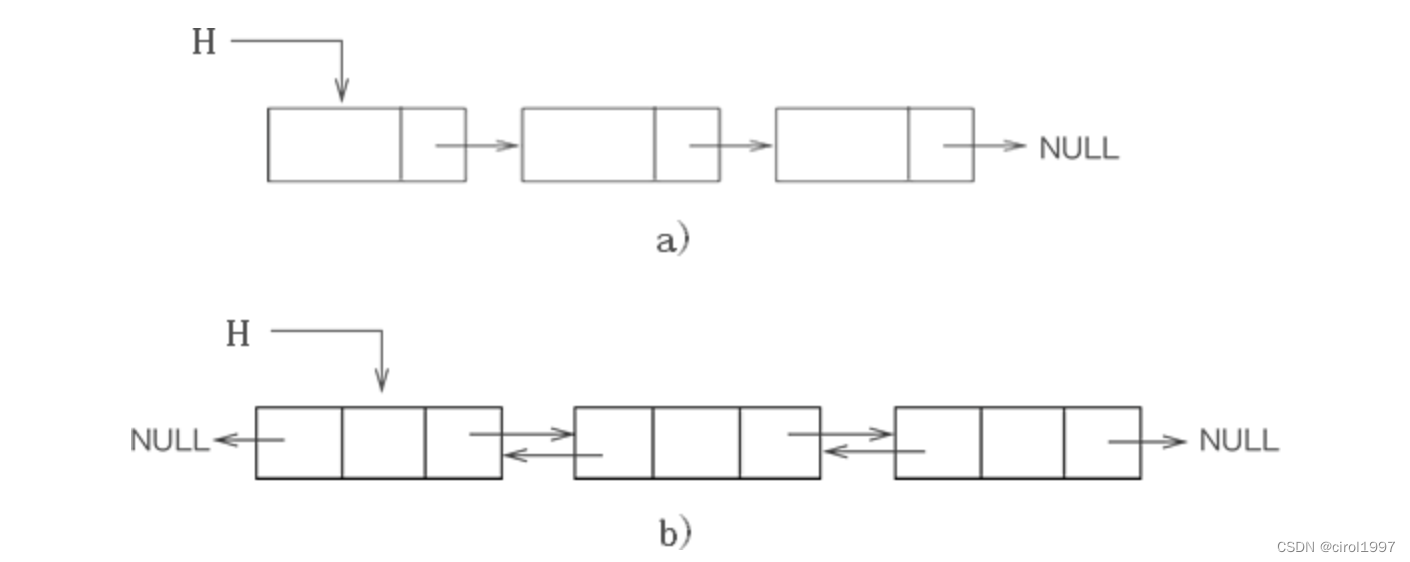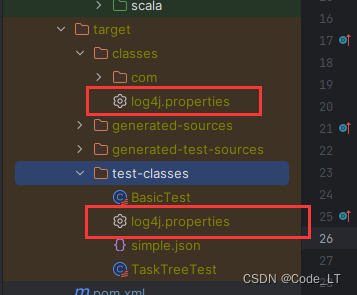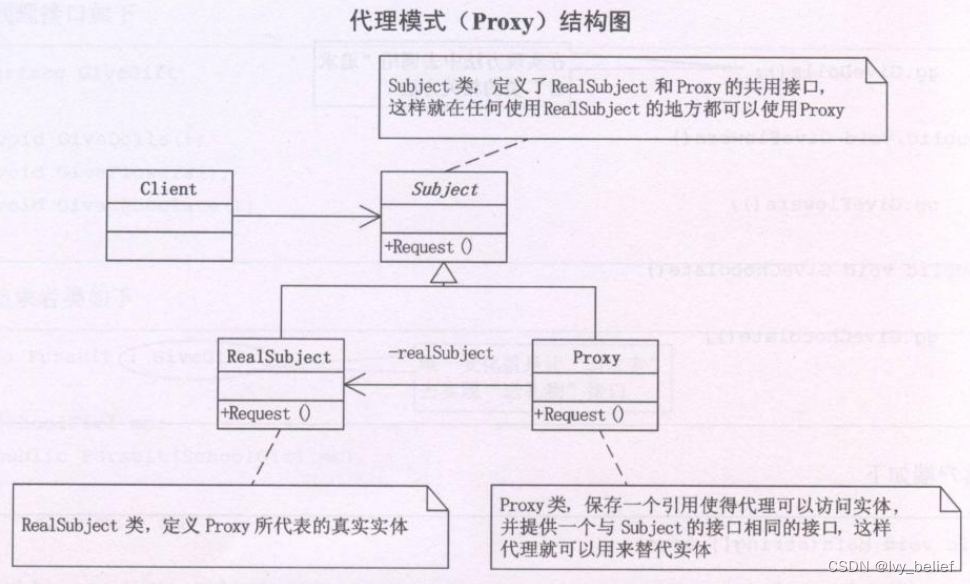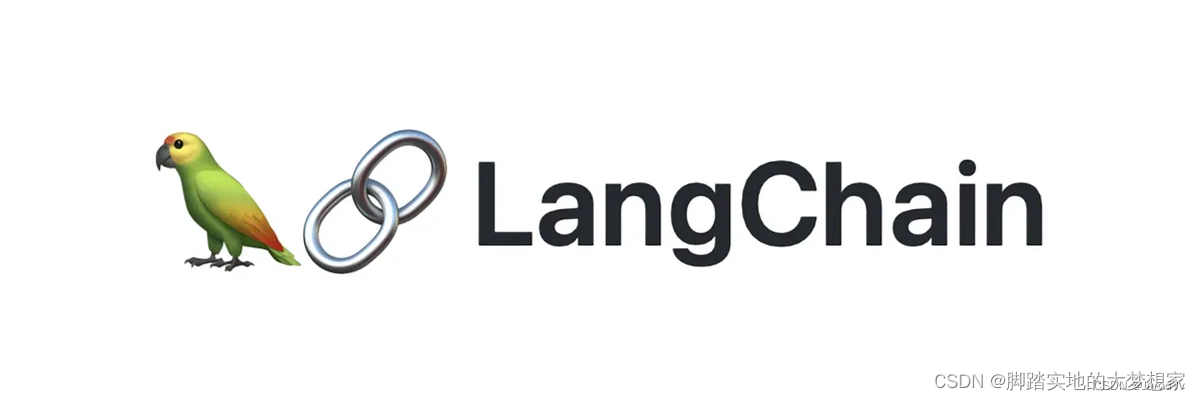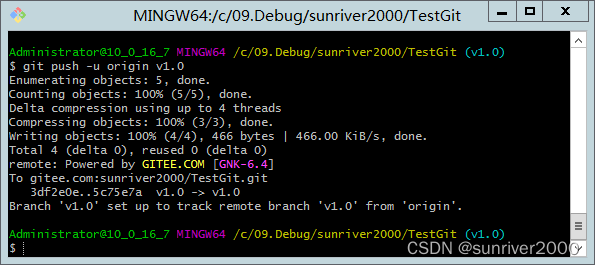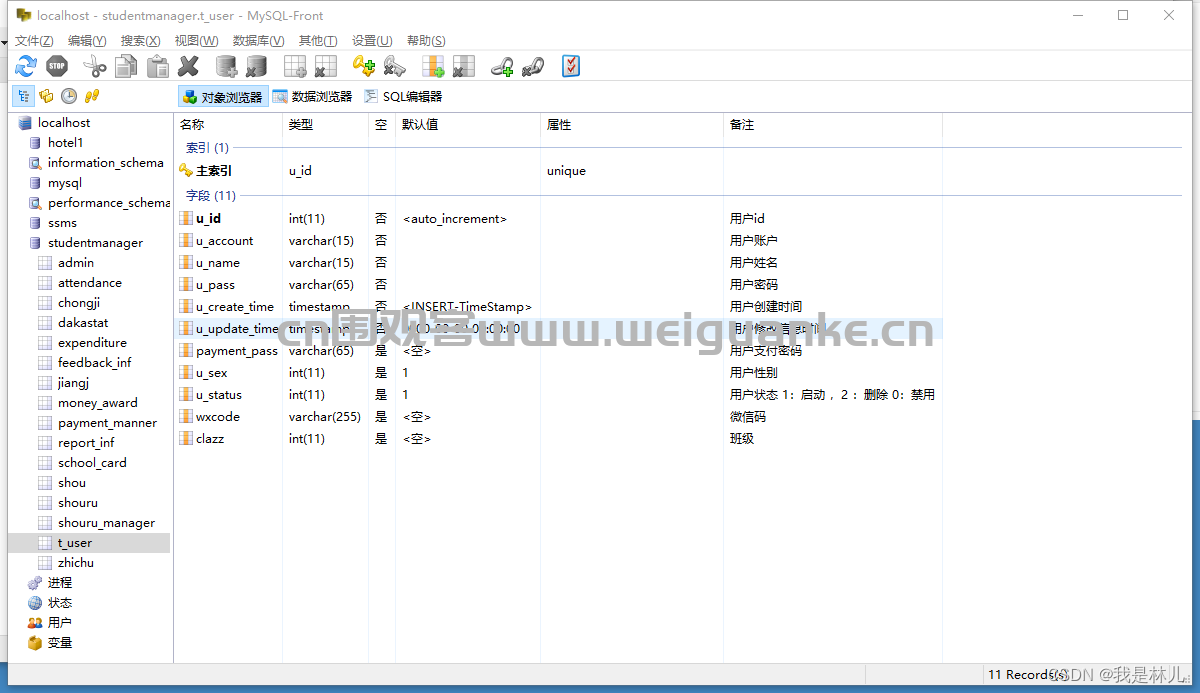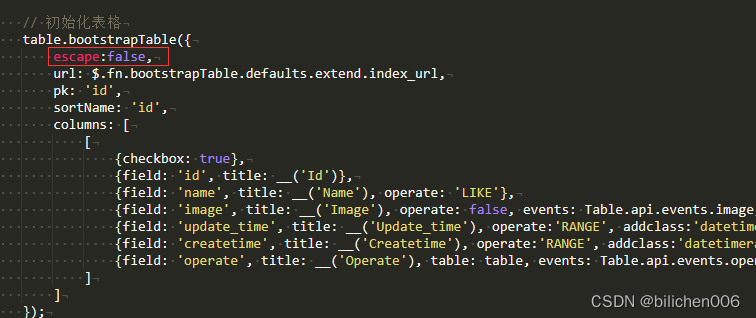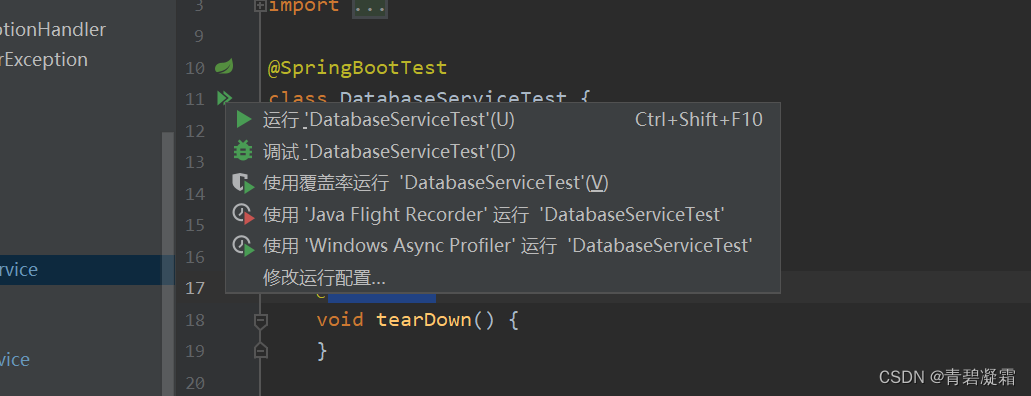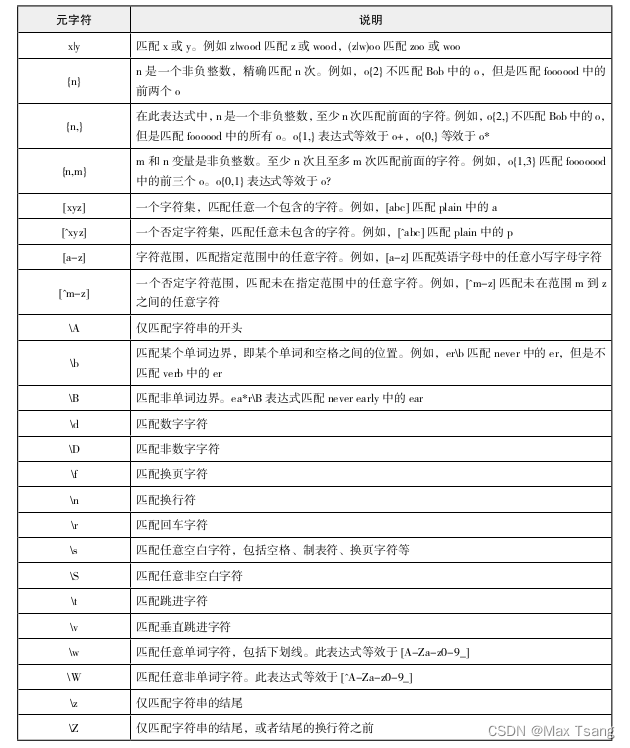1 前言
本章节我们主要目目的是了解Activity的xml布局解析、对LayoutInfater源码进行分析。
我们知道Android界面上的每一个控件都是一个个View,但是Android也提供了通过xml文件来进行布局控制,那么xml布局文件如何转成最终的View的呢?转换利器就是LayoutInflater。在分析LayoutInfater源码之前,我们先来简单看一下xml解析都有哪些方式。
本文基于Android10(Q)的源码做分析
2 XML的三种解析方式
2.1 Dom解析
是一种用于XML文档的对象模型,可用于直接访问XML文档的各个部分。它是一次性全部将内容加载在内存中,生成一个树状结构,它没有涉及回调和复杂的状态管理。 缺点是加载大文档时效率低下。
具体解析步骤如下:
1.构建一个DocumentBuilderFactory实例
2.构建DocumentBuilder
3.加载XML文档(Document)
4.遍历XML文档
2.2 Sax解析
使用流式处理的方式,它并不记录所读内容的相关信息。它是一种以事件为驱动的XML API,解析速度快,占用内存少。使用回调函数来实现。
2.3 Pull解析(Android 推荐)
Pull内置于Android系统中。也是官方解析布局文件所使用的方式。Pull与SAX有点类似,都提供了类似的事件,如开始元素和结束元素。不同的是,SAX的事件驱动是回调相应方法,需要提供回调的方法,而后在SAX内部自动调用相应的方法。而Pull解析器并没有强制要求提供触发的方法。因为他触发的事件不是一个方法,而是一个数字。它使用方便,效率高。目前Android的LayoutInfater解析使用的是该方法。
3 LayoutInfater源码分析
要解析XML并在Activity中显示,你可以使用Android提供的XML解析器来完成。下面是一个简单的示例代码,演示如何解析上述XML并将其显示到Activity中:
下面我们拿AppCompatActivity为例进行分析。
3.1 Activity的onCreate()方法调用setContentView(R.layout.xxx)方法
其实是调用了父类AppCompatActivity中AppCompatDelegate的实现类AppCompatDelegateImpl中的setContentView()方法
@Override
public void setContentView(int resId) {
ensureSubDecor();
ViewGroup contentParent = mSubDecor.findViewById(android.R.id.content);
contentParent.removeAllViews();
LayoutInflater.from(mContext).inflate(resId, contentParent);
mAppCompatWindowCallback.getWrapped().onContentChanged();
}
3.2 通过LayoutInflater类来解析传入的xml文件
public View inflate(@LayoutRes int resource, @Nullable ViewGroup root, boolean attachToRoot) {
final Resources res = getContext().getResources();
if (DEBUG) {
Log.d(TAG, "INFLATING from resource: \"" + res.getResourceName(resource) + "\" ("
+ Integer.toHexString(resource) + ")");
}
// 使用反射尝试获取已经提前编译好的View对象
View view = tryInflatePrecompiled(resource, res, root, attachToRoot);
if (view != null) {
return view;
}
// 根据资源ID获取布局的XML资源解析器
XmlResourceParser parser = res.getLayout(resource);
try {
// 使用XML资源解析器对XML进行解析
return inflate(parser, root, attachToRoot);
} finally {
parser.close();
}
}
先直接使用反射尝试获取已经提前编译好的View对象,如果获取到直接返回View对象,如果获取不到再根据资源ID获取布局的XML资源解析器,然使用XML资源解析器对XML进行解析。
3.3 将XML解析并实例化后的View对象进行添加返回操作
public View inflate(XmlPullParser parser, @Nullable ViewGroup root, boolean attachToRoot) {
synchronized (mConstructorArgs) {
Trace.traceBegin(Trace.TRACE_TAG_VIEW, "inflate");
final Context inflaterContext = mContext;
final AttributeSet attrs = Xml.asAttributeSet(parser);
Context lastContext = (Context) mConstructorArgs[0];
mConstructorArgs[0] = inflaterContext;
View result = root;
try {
advanceToRootNode(parser);
final String name = parser.getName();
if (DEBUG) {
System.out.println("**************************");
System.out.println("Creating root view: "
+ name);
System.out.println("**************************");
}
if (TAG_MERGE.equals(name)) {
// 如果布局根标签为merge,要求传入的root不能为空,且attachToRoot需为true
if (root == null || !attachToRoot) {
throw new InflateException("<merge /> can be used only with a valid "
+ "ViewGroup root and attachToRoot=true");
}
// 继续解析XML
rInflate(parser, root, inflaterContext, attrs, false);
} else {
// 根据XML中的根标签生成根View对象
// Temp is the root view that was found in the xml
final View temp = createViewFromTag(root, name, inflaterContext, attrs);
ViewGroup.LayoutParams params = null;
if (root != null) {
if (DEBUG) {
System.out.println("Creating params from root: " +
root);
}
// 如果布局提供参数,则创建匹配root的布局参数
// Create layout params that match root, if supplied
params = root.generateLayoutParams(attrs);
if (!attachToRoot) {
// 如果attachToRoot为false,则使用addView的时候再设置布局参数
// Set the layout params for temp if we are not
// attaching. (If we are, we use addView, below)
temp.setLayoutParams(params);
}
}
if (DEBUG) {
System.out.println("-----> start inflating children");
}
// 解析子布局
// Inflate all children under temp against its context.
rInflateChildren(parser, temp, attrs, true);
if (DEBUG) {
System.out.println("-----> done inflating children");
}
// 如果root!=null,且attachToRoot==true,则自动将布局添加到root中,并设置布局参数
// We are supposed to attach all the views we found (int temp)
// to root. Do that now.
if (root != null && attachToRoot) {
root.addView(temp, params);
}
// 当root==null或者attachToRoot==false,则直接返回View对象
// Decide whether to return the root that was passed in or the
// top view found in xml.
if (root == null || !attachToRoot) {
result = temp;
}
}
} catch (XmlPullParserException e) {
final InflateException ie = new InflateException(e.getMessage(), e);
ie.setStackTrace(EMPTY_STACK_TRACE);
throw ie;
} catch (Exception e) {
final InflateException ie = new InflateException(
getParserStateDescription(inflaterContext, attrs)
+ ": " + e.getMessage(), e);
ie.setStackTrace(EMPTY_STACK_TRACE);
throw ie;
} finally {
// Don't retain static reference on context.
mConstructorArgs[0] = lastContext;
mConstructorArgs[1] = null;
Trace.traceEnd(Trace.TRACE_TAG_VIEW);
}
return result;
}
}
3.4 使用XML资源解析器对XML进行解析
想要获取XML解析并实例化的View对象,就必须先进行XML解析得到AttributeSet, 也就是rInflate()、rInflateChildren()等方法;
void rInflate(XmlPullParser parser, View parent, Context context,
AttributeSet attrs, boolean finishInflate) throws XmlPullParserException, IOException {
final int depth = parser.getDepth();
int type;
boolean pendingRequestFocus = false;
// 遍历节点
while (((type = parser.next()) != XmlPullParser.END_TAG ||
parser.getDepth() > depth) && type != XmlPullParser.END_DOCUMENT) {
if (type != XmlPullParser.START_TAG) {
continue;
}
final String name = parser.getName();
if (TAG_REQUEST_FOCUS.equals(name)) {
pendingRequestFocus = true;
consumeChildElements(parser);
} else if (TAG_TAG.equals(name)) {
parseViewTag(parser, parent, attrs);
} else if (TAG_INCLUDE.equals(name)) {
if (parser.getDepth() == 0) {
throw new InflateException("<include /> cannot be the root element");
}
parseInclude(parser, context, parent, attrs);
} else if (TAG_MERGE.equals(name)) {
throw new InflateException("<merge /> must be the root element");
} else {
// 生成View对象,然后继续循环解析子布局
final View view = createViewFromTag(parent, name, context, attrs);
final ViewGroup viewGroup = (ViewGroup) parent;
final ViewGroup.LayoutParams params = viewGroup.generateLayoutParams(attrs);
rInflateChildren(parser, view, attrs, true);
viewGroup.addView(view, params);
}
}
if (pendingRequestFocus) {
parent.restoreDefaultFocus();
}
if (finishInflate) {
parent.onFinishInflate();
}
}
然后使用反射根据tag对解析后的AttributeSet进行实例化得到View对象,也就是createViewFromTag()、createView()等方法。
View createViewFromTag(View parent, String name, Context context, AttributeSet attrs,
boolean ignoreThemeAttr) {
......
try {
// 这里的逻辑:调用mFactory2的onCreateView,如果没有设置mFactory2就尝试mFactory,
// 否则调用mPrivateFactory,mFactory2和mFactory后面再说,这里先往后走。
View view = tryCreateView(parent, name, context, attrs);
if (view == null) {
// 如果还是没加载到view,判断name是否有.
// 如果没有就表明是Android原生的View,最终都会调用到createView方法
final Object lastContext = mConstructorArgs[0];
mConstructorArgs[0] = context;
try {
if (-1 == name.indexOf('.')) {
view = onCreateView(context, parent, name, attrs);
} else {
view = createView(context, name, null, attrs);
}
} finally {
mConstructorArgs[0] = lastContext;
}
}
return view;
}
......
}
-
先是判断
tryCreateView()是否返回View,这个方法具体我们接下来看 -
如果还是没有加载到
View,先判断name,看名字里是不是有.,如果没有就表明是Android原生的View,最终都会调用到createView方法,onCreateView最终会调用到createView(name, "android.view.", attrs);,会在View名字天面添加"android.view."前缀。
public final View tryCreateView(@Nullable View parent, @NonNull String name,
@NonNull Context context,
@NonNull AttributeSet attrs) {
if (name.equals(TAG_1995)) {
// Let's party like it's 1995!
return new BlinkLayout(context, attrs);
}
View view;
// 注意:这个地方有两个mFactory
if (mFactory2 != null) {
// 有mFactory2,则调用mFactory2的onCreateView方法
view = mFactory2.onCreateView(parent, name, context, attrs);
} else if (mFactory != null) {
// 有mFactory,则调用mFactory的onCreateView方法
view = mFactory.onCreateView(name, context, attrs);
} else {
view = null;
}
if (view == null && mPrivateFactory != null) {
// 有mPrivateFactory,则调用mPrivateFactory的onCreateView方法
view = mPrivateFactory.onCreateView(parent, name, context, attrs);
}
return view;
}
调用mFactory2的onCreateView,如果没有设置mFactory2就尝试mFactory,否则调用mPrivateFactory,mFactory2和mFactory后面再说,这里先往后走。onCreateView()实际上调用的是createView()方法。
public final View createView(@NonNull Context viewContext, @NonNull String name,
@Nullable String prefix, @Nullable AttributeSet attrs)
throws ClassNotFoundException, InflateException {
......
try {
Trace.traceBegin(Trace.TRACE_TAG_VIEW, name);
if (constructor == null) {
// Class not found in the cache, see if it's real, and try to add it
clazz = Class.forName(prefix != null ? (prefix + name) : name, false,
mContext.getClassLoader()).asSubclass(View.class);
if (mFilter != null && clazz != null) {
boolean allowed = mFilter.onLoadClass(clazz);
if (!allowed) {
failNotAllowed(name, prefix, viewContext, attrs);
}
}
// 反射获取这个View的构造器
constructor = clazz.getConstructor(mConstructorSignature);
constructor.setAccessible(true);
// 缓存构造器
sConstructorMap.put(name, constructor);
} else {
// If we have a filter, apply it to cached constructor
if (mFilter != null) {
// Have we seen this name before?
Boolean allowedState = mFilterMap.get(name);
if (allowedState == null) {
// New class -- remember whether it is allowed
clazz = Class.forName(prefix != null ? (prefix + name) : name, false,
mContext.getClassLoader()).asSubclass(View.class);
boolean allowed = clazz != null && mFilter.onLoadClass(clazz);
mFilterMap.put(name, allowed);
if (!allowed) {
failNotAllowed(name, prefix, viewContext, attrs);
}
} else if (allowedState.equals(Boolean.FALSE)) {
failNotAllowed(name, prefix, viewContext, attrs);
}
}
}
Object lastContext = mConstructorArgs[0];
mConstructorArgs[0] = viewContext;
Object[] args = mConstructorArgs;
args[1] = attrs;
try {
// 使用反射创建View的实例对象
final View view = constructor.newInstance(args);
if (view instanceof ViewStub) {
// 如果是ViewStub类型,当稍后解析ViewStub时使用同个上下文解析
// Use the same context when inflating ViewStub later.
final ViewStub viewStub = (ViewStub) view;
viewStub.setLayoutInflater(cloneInContext((Context) args[0]));
}
return view;
} finally {
mConstructorArgs[0] = lastContext;
}
......
}
这个方法可以看到View是怎么创建出来的,用类的全限定名拿到class信息,有一个sConstructorMap缓存类的constructor,如果能拿到有效的构造器就不再重复创建来提升效率,如果没有缓存的构造器,就反射得到构造器并添加到sConstructorMap中以便后面使用。这里有个mFilter来提供自定义选项,用户可以自定义哪些类不允许构造。
拿到构造器之后,实际上newInstance是调用了两View个参数的构造方法。第一个参数是Context,第二个参数是attrs,这样我们就得到了需要加载的View。
4 LayoutInflater 的 inflate 方法工作过程总结
LayoutInfalter的作用是把XML转化成对应的View对象,需要用Activity#getLayoutInflater()或者getSystemService获取- 加载时先判断是否是
merge标签,merge标签走递归方法rinflate,否则走createViewFromTag createViewFromTag作用是根据xml标签的名字去加载对应的View,使用的是反射的方法LayoutInflater.Factory2是设计出来灵活构造View的接口,可以用来实现换肤或者替换View的功能,同时也是AppcompatActivity用来做兼容和版本替换的接口
